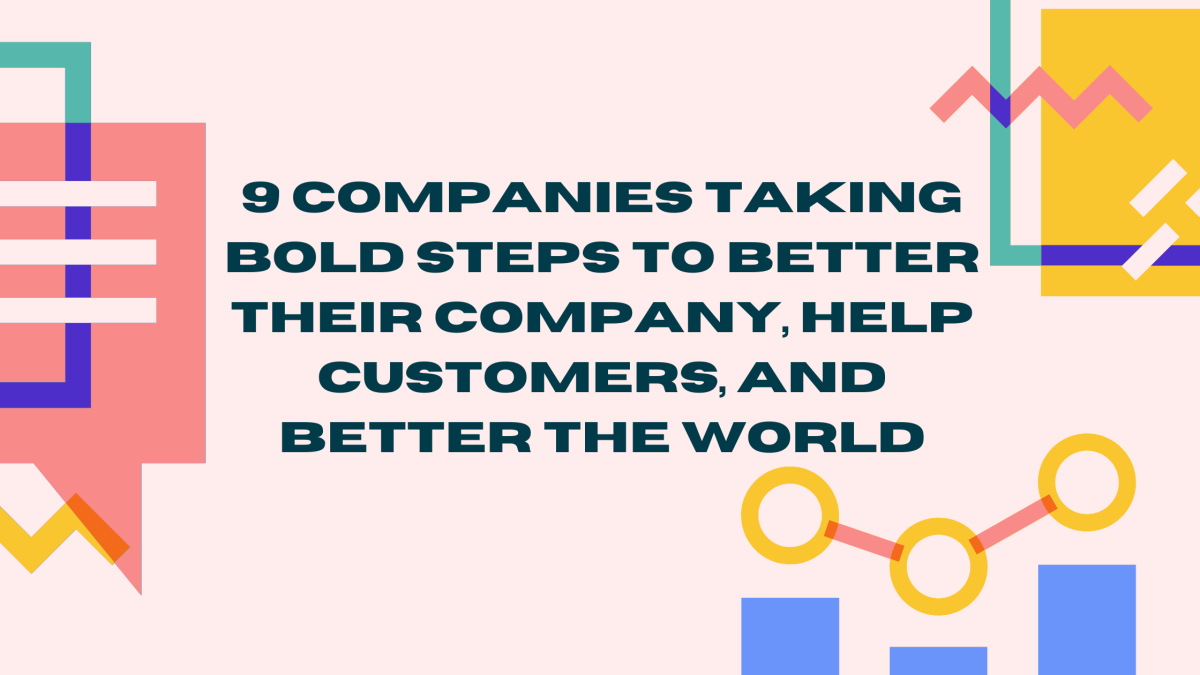Cutting Corn Out of Your Diet

Corn may just be one of the most difficult allergens to live with. It looks easy, until you start looking deeper. But with a little knowledge and ingenuity, and a willingness to experiment and learn to live simply, you can master a corn allergy.
First, you need to learn to recognize corn on a label. While the top 8 allergens, soy, wheat, dairy, eggs, peanuts, tree nuts, fish and shellfish; must be clearly labeled on all food products, corn does not make the list. Therefore it can hide under names such as maltodextrin, zein, and microcrystalline cellulose. A great list of corn derivatives is found on Jenny Connor's website, here. Print it out, familiarize yourself with the terms. (You may want to stock your printer)
Once you learn the names that corn hides under, you also need to know ways that corn derivatives may be hidden in a food product. While I use the word 'hidden', to food companies the process is not meant to be deceptive. Corn shows up unexpectedly in products sometimes. It can be used as an ingredient of an ingredient. As long as the corn derivative shows up in less than a specific percent of the total food, it doesn't need to be listed. So when a label reads "tomato paste" that tomato paste may have the ingredients of tomatoes and citric acid. The citric acid may be corn derived. And there's probably only barely enough to cause a reaction. (If you're the one reacting though, it's way too much!)
Corn derivatives are also often used as an anticaking agent, to stop powders from clumping up into unpleasant little hardened globules. As such, they appear under innocent seeming labels like "spices" or "salt". Corn derivatives are also frequently found under the term "vitamin enriched", used as a carrier for the vitamins to make it easier to measure appropriately and to keep them from clumping up.
Some people who are avoiding corn also need to avoid corn that has been fermented into alcohol (ethanol). Which means that flavorings are just as off limits as that evening cocktail. (At least, until you find a corn-free option, something fermented from grapes or rice or potato)
If corn derivatives are used as an industry standard, they don't have to be labeled either. Some meat products are rinsed in a (corn derived) citric acid wash before they reach the store. This process is meant to kill off any harmful bacteria that may have come in contact with or begun to grow on the meat during the butchering and packaging process. However, if you're anaphylactic to all corn products, you may prefer to take your chances with E. Coli. (Note: the author does not recommend this concept. If you can't find safely processed, appropriately handled meat, go vegetarian.) The citric acid rinse does not need to be labeled and store personnel aren't always aware of this process. They may be convinced to call and verify the exact packaging process from farm to package. Often they are surprised at what shows up.
Packaging is one more potentially corny pitfall. Cornstarch helps stop sticky things from sticking. It's dusted on plastic cryo-vac, used to keep machinery moving smoothly, and generally turns up when verifying the entire "packaging process". Vigilant corn avoiders need to actually contact companies and ask specifically if cornstarch or any other corn derivatives are used in the packaging process if they want to avoid all traces of corn.
The final way that corn derivatives find their way into food without being labeled is through cross contamination. Cross contamination simply means that machinery was used for a corn product (or a product containing corn derivatives) and then used for another product before being thoroughly cleaned. While the product itself has no potential for being generally 'unsafe', there is a risk that corn derivative residue has settled on the otherwise safe product, making it unsafe for the corn avoider.
So there you have it. When diagnosed with a corn allergy, learn to read labels, and then how to contact companies. It's overwhelming at first, but once you start to learn what's safe and what's generally safe or unsafe, things get easier and you fall into a groove. A safe one!
Watch for part two: Cutting Corn: Beyond the diet.






